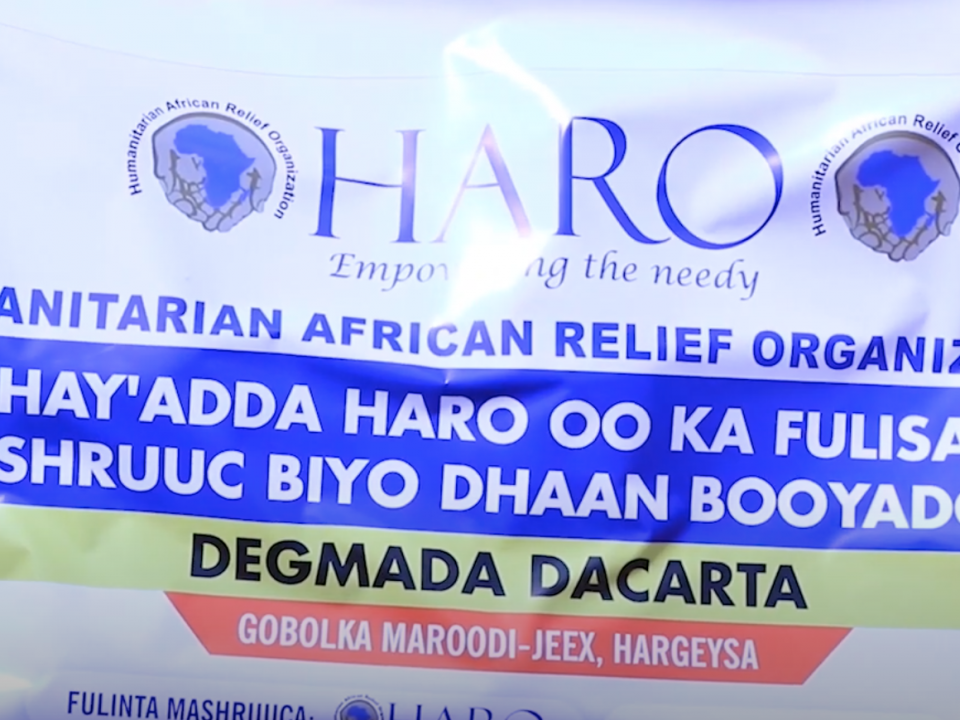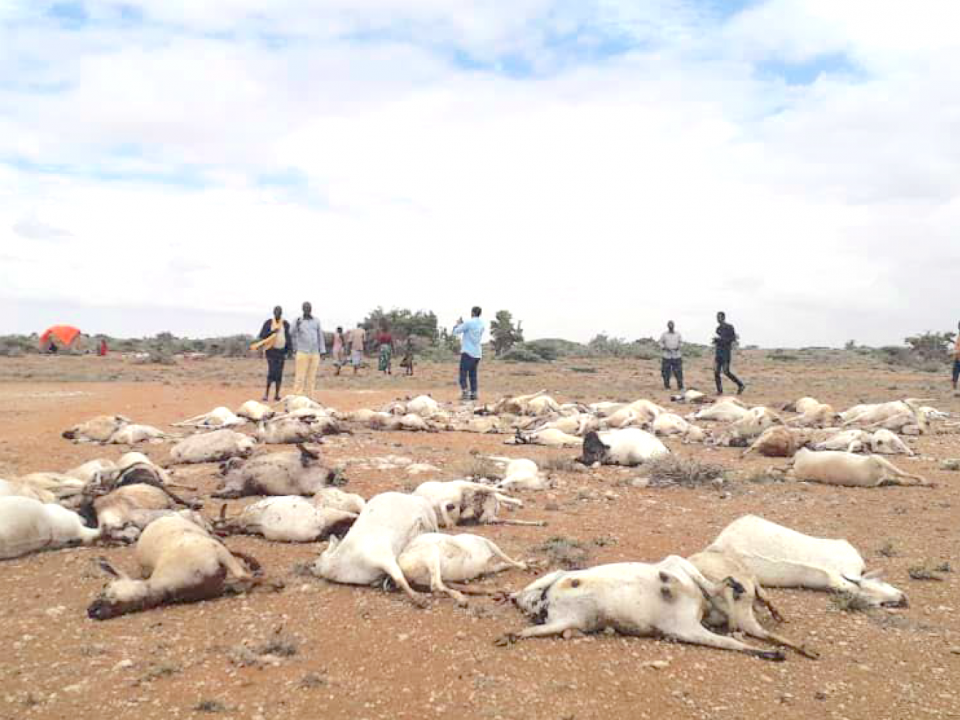Famine Alert in Somalia
Iftar and Zakatul Fitr distributed in Mogadishu, Somalia
August 11, 2014Severe water Shortage in Gedo Region
September 28, 2014The population in Crisis and higher will likely reach one million people by December 2014. Most of the food insecure will be in agropastoral areas and urban areas in southern Somalia. Intensified conflict, restricted trade, and a below harvest have led to high prices and reduced availability of labor opportunities since March, increasing food insecurity in these areas.
· Food security outcomes in some pastoral livelihood zones in the Northeast, the Northwest, and the central regions will likely deteriorate despite these areas remaining Stressed.
High debts, reduced livestock production, and poor body conditions will become more prevalent between July and September as the availability of pasture and water declines during the dry season.
· Urban centers including Buloburte and Jalalaqsi in Hiraan, Qoryoley and Marka in Lower Shabelle, Xudur, Wajid, and Elbarde in Bakool, and Luuq and Garbaharrey in Gedo have had severely restricted trade just as stocks from previous seasons are being drawn down. Food security will continue to deteriorate if trade restrictions persist.
· Many areas of Somalia are likely to see deteriorating food security, especially between now and the start of the Deyr rains in October. Also, the acutely food insecure population will increase. Below average access to income and food sources will be exacerbated by reduced supplies from trade and the steep increase of staple food prices. However, despite this significant deterioration, no area of Somalia is likely to enter Famine between now and December
An estimated 857,000 people will be in requiring urgent humanitarian assistance between now and December according to a joint assessment by the Food Security and Nutrition Analysis Unit for Somalia (FSNAU), a project managed by UN’s Food and Agriculture Organization (FAO), and the Famine Early Warning Systems Network (FEWS NET), a project funded by the United States Agency for International Development (USAID), and other partners. The recent figures represent an 18 percent decline since January 2013, but this is a mere 1.5 percent decline since August 2013.
The positive impact of increased livestock prices, increasing livestock herd sizes, improved milk availability, low prices of both local and imported staple food commodities, higher purchasing power from labor income and livestock sales as well as sustained humanitarian interventions over the last six months was undermined by a Deyr 2013 cereal harvest in January/February estimated to be 20 percent below the long-term and five-year averages.
The food security condition of over two million additional people remains fragile and is classified as Stressed.
This group of households may struggle to meet their own minimal food requirements through mid-2014, and they remain highly vulnerable to shocks that could push them back to food security crisis.
Levels of acute malnutrition remain Critical (Global Acute Malnutrition rates exceeding 15 percent) among rural populations in many parts of South-Central Somalia and among Internally Displaced Persons (IDPs). Nutrition survey results indicate that an estimated 203,000 children under the age of 5 are acutely malnourished. This figure includes 51,000 children that are severely malnourished and consequently face a higher risk of death. A majority of the malnourished children are found among non-IDP populations of the South. Assessment results indicate that morbidity, poor child feeding and care practices are among the main casual factors of malnutrition in Somalia.
The current number of acutely malnourished children is only slightly down (by 1.5 percent) from the 206,000 malnourished children under the age of five estimated for August 2013. However, the number of children under the age of five that are severely malnourished has increased from 45,000 in August 2013 to 51,000 in January 2014 Lifesaving humanitarian assistance and livelihood support remain vitally important between now and June 2014 to help food insecure populations meet their immediate food needs. Additional interventions will be required to protect livelihoods and build the resilience of communities against future shocks.



